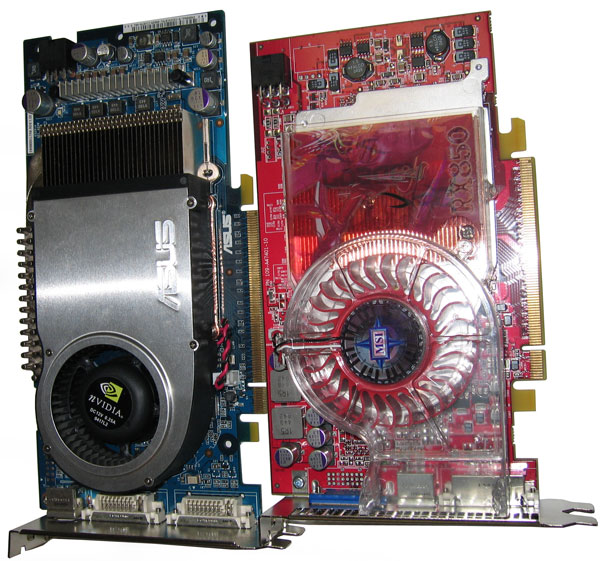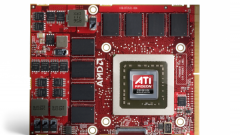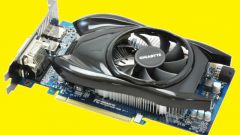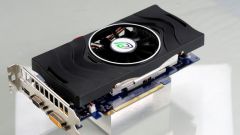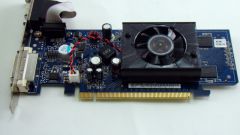Instruction
1
But in some cases you can do without investments and slightly increase the performance of the graphics card. For this you will need to download the program RivaTuner from the developer's site http://nvworld.ru/utilities/rivatuner/. Save the files to your hard drive, then unzip it, run setup and follow the instructions.
2
Run RivaTuner and wait until the program will generate the database. In the upper part of the window shows your video card and the lower driver used. Click on the triangle in front of the driver and select the icon of the video card.
3
You see the system preferences window. On the acceleration tab, you can see the frequency of your card for core and memory. Tick the "Enable overclocking on the driver level, and in the appeared window click "Define". The sliders of frequencies will then become active, but first you need to select the video mode. Install 3D.
4
Now, if you change the frequency on the core or memory and click "Apply" in three-dimensional mode on the graphics card will be the new frequency. However, remember that not all cards can accelerate. Some instances of looking good, some not, and some at the slightest change of frequencies can hang tightly.
5
To overclock the card better gradually. First find a stable frequency for the core, then determine the same for memory. Increase the frequency gradually and after each increase run some 3D test such as 3DMark. If the computer hangs or the screen will display artifacts, reduce the frequency. So remember, when you increase the frequency, the graphics card begins to warm up, which also affects the stability of its work. As there is some probability that after these experiments, the graphics card will burn up. Therefore, you do so at your own risk.
